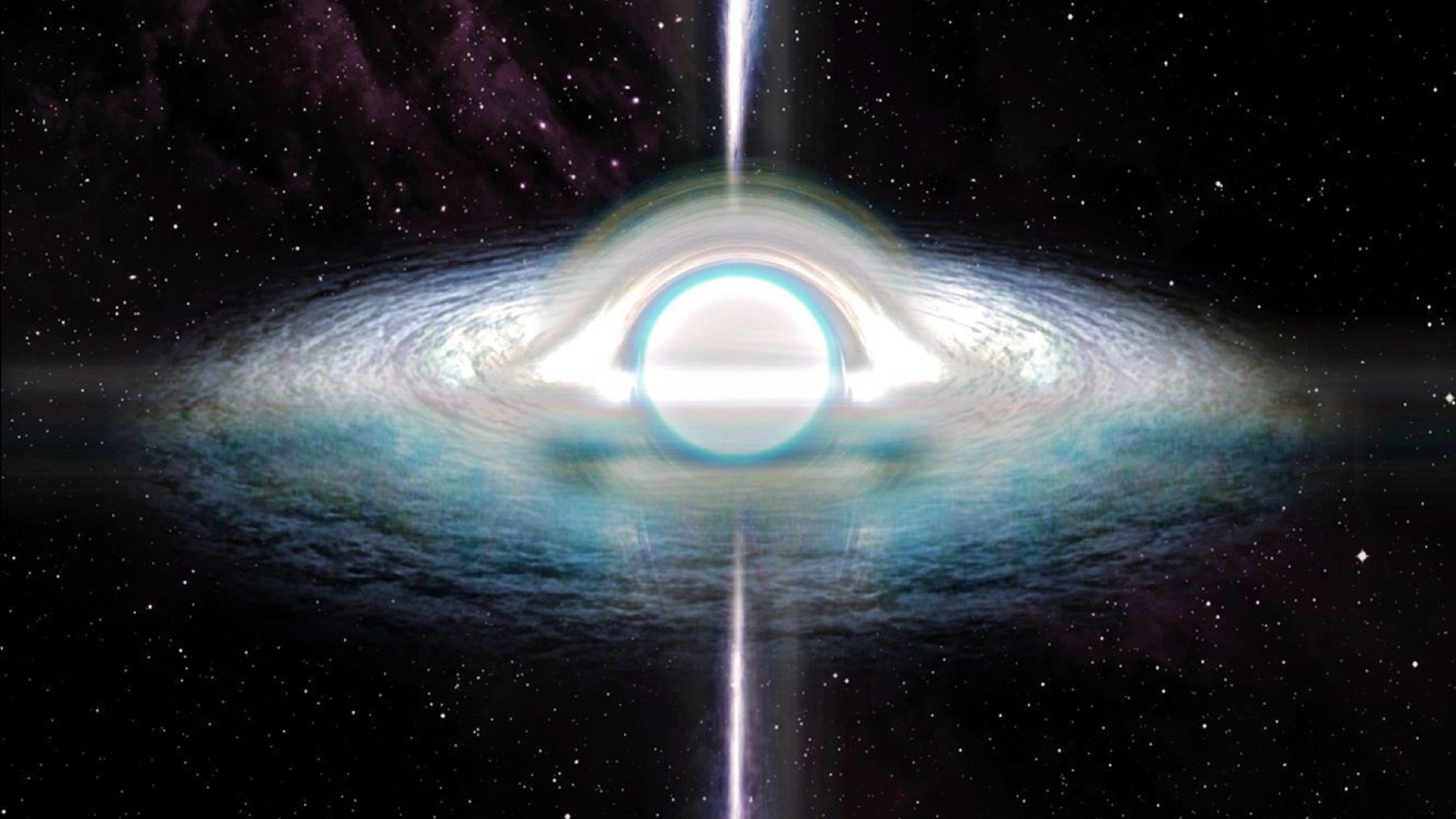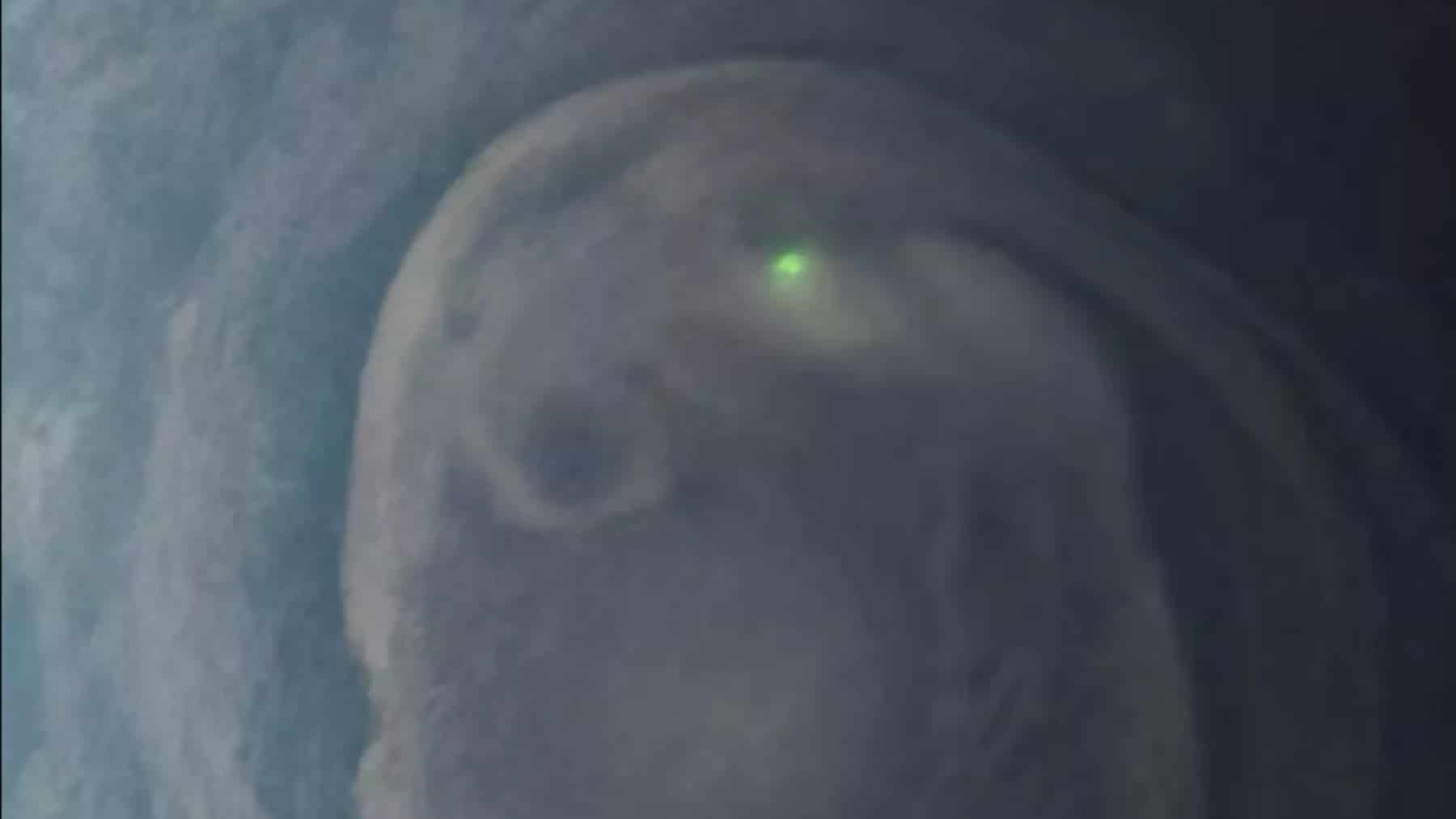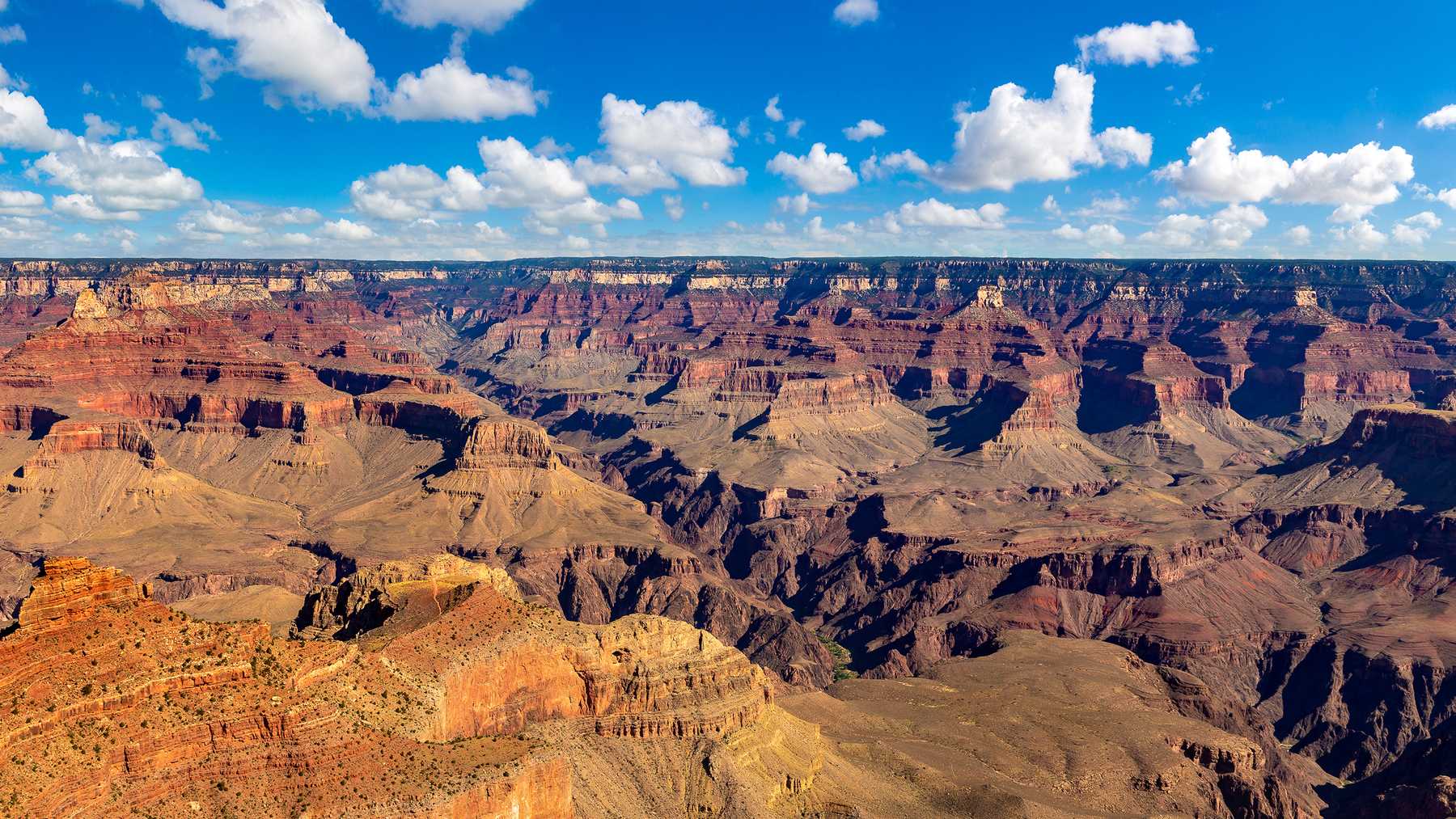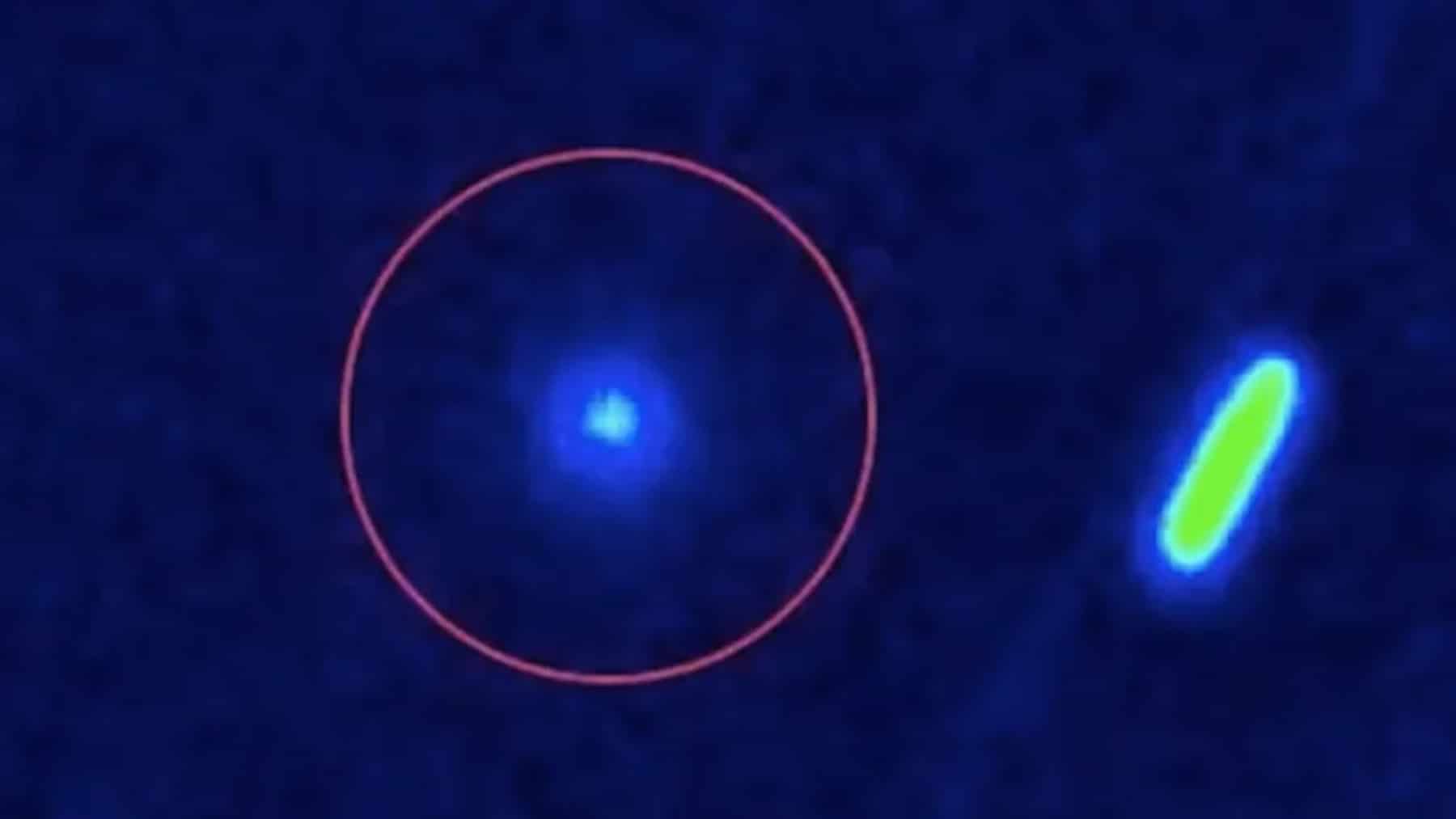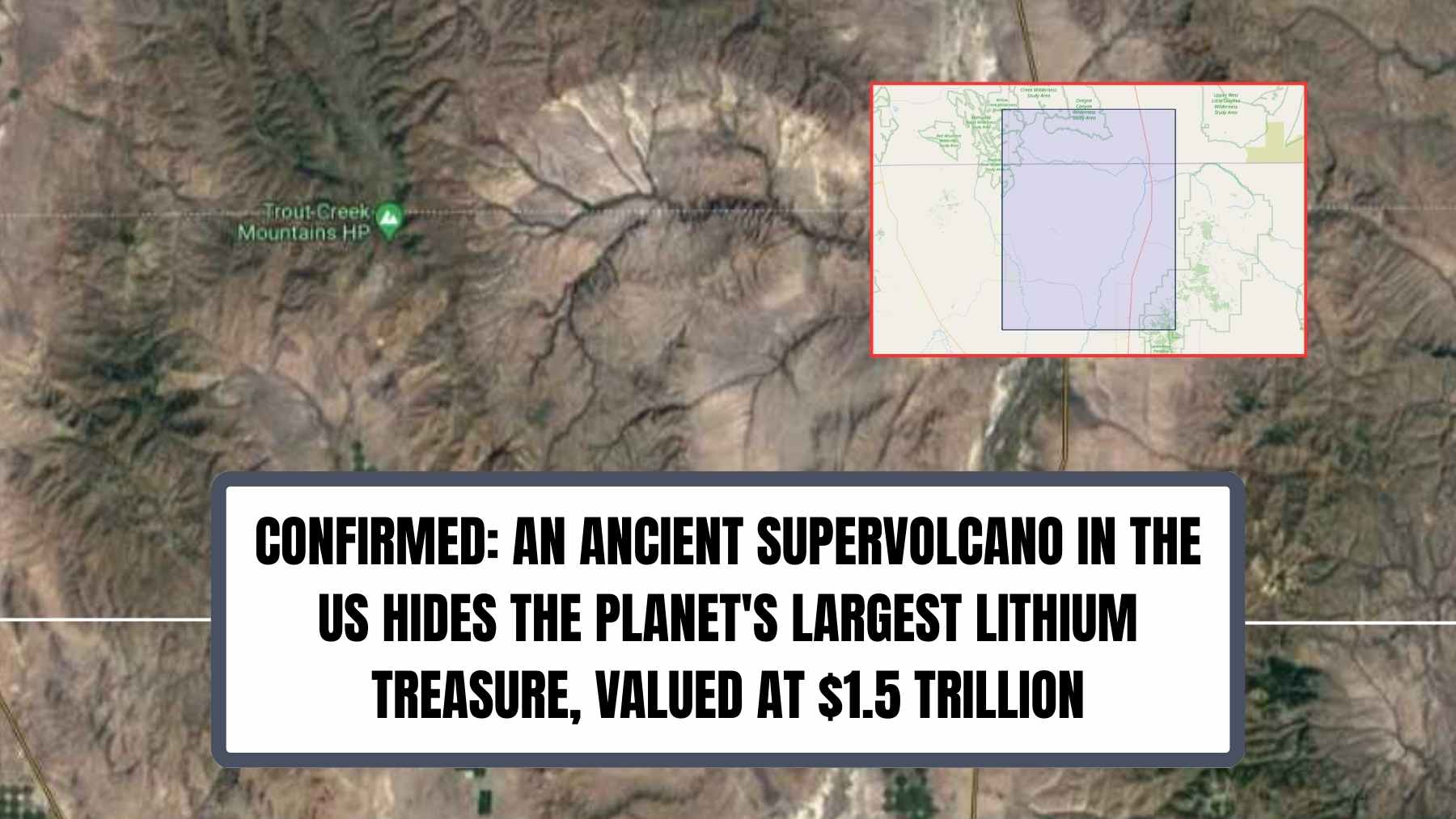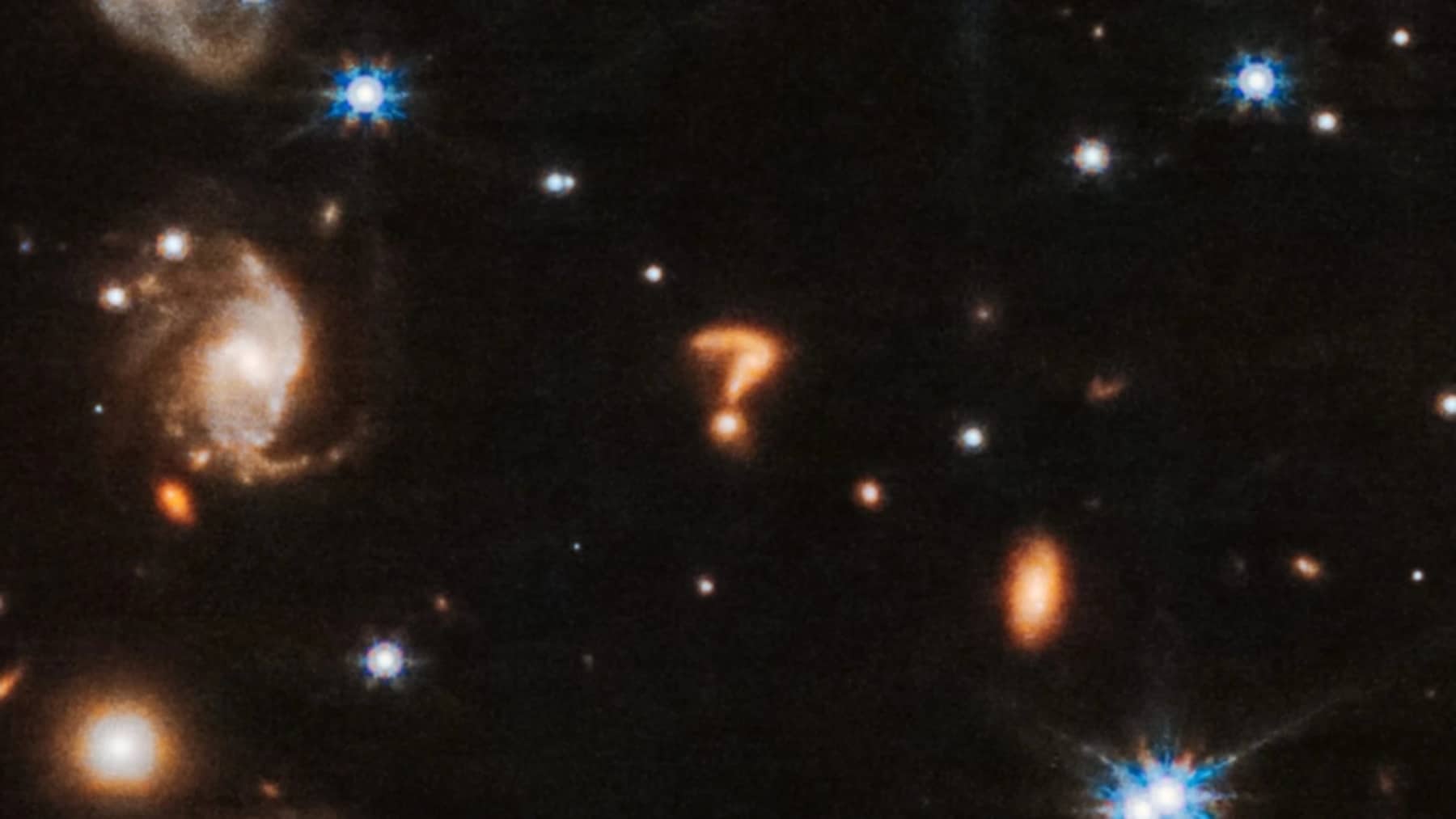Many places in the universe are dominated by black holes, which are defined as infinite regions of space capable of drawing everything in their vicinity including light. However, commensurately in the annals of science there exists and active theoretical study of a phenomenon that has long mystified astronomers and physicists: the white hole.
In contrast to black holes, which are said to attract matter and energy, white holes are supposed to drive them away, creating thus an interesting cosmological dichotomy. Recent theories and observations bring out exciting details concerning these entities and therefore seem to imply some greater puzzle regarding their place and behavior in the universe.
NASA has disclosed that a jet from a supermassive black hole has triggered nova activity
Black holes are famous for their incredible gravity, but new findings suggest that their effect goes much beyond that. Data collected by NASA’s Hubble Space Telescope indicate that the jet from the supermassive black hole situated in the center of the M87 galaxy is capable of inducing starburst, or nova, activity in the main axis of the jet.
Novae – events usually caused by a white dwarf stealing hydrogen from a binary partner – were shown to occur within the jets regions at a rate twice that observed elsewhere in the galaxy. This means they believe that black hole jets may be pushing hydrogen towards these stars, exacerbating their explosion cycle.
A few of scientists’ hypotheses is that the jet assists in some way to enhance the transfer rate of hydrogen into the white dwarfs, but the science behind it is not clear. These black hole jets offer an additional perspective on the intricate relationships existing between black holes and the stars systems they are a part of.
Explaining the concept of whole holes: The theoretical contradictions of black holes
White holes are fictional constructs that, in contrast to black holes that draws everything inside them, push all matter and light away from them. ‘White holes’ exist as theoretical constructs of black holes as defined in the equations proposed by Karl Schwarzschild that inverts the black holes in every aspect including expelling any matter that is in them.
Although they may be interpreted as black holes turning inside out with an event horizon that spans in only one direction, which is outwards, there is no unequivocal proof for their Occurrence.
According to some physicists they might have formed during very energetic processes taking place in the universe and perhaps affecting the evolution of galaxies at a time after that of the expansive and rapid inflation of the early universe.
Are quantum fluctuations capable of converting black holes into white holes?
There is a connection between the concept of white holes and quantum cosmology, most especially with Hawking radiation. When it comes to white holes, quantum gravity theories predict that like black hole radiations, they can also radiate matter and light.
An astrophysicist Andrew Hamilton has proposed that the supermassive black holes might be transformed into white holes which are cosmic objects that throw mass away, due to dark energy, causing a quantum fluctuation. This shift could have implications on the formation of galaxies and even extend to the multiverse theories, thus white holes could be intrinsic to the Universe.
The research of black holes and white holes also exhibited the fascinating contradictions, which are remaining as unsolvable aspects of space. As the tools and the theory change, these cosmic complexities tend to provide great opportunities in science since they go to the extremes of astrophysics. Be it, as huge of a dip that swallows any light or as an imaginary reservoir of cosmic energy, black holes and their white counterparts are an interesting aspect of how the universe works.
